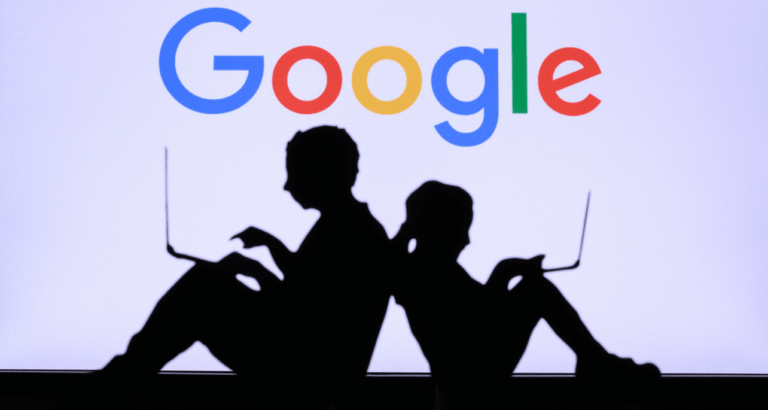Google says it is implementing an under-the-hood modification that will enhance consumers’ responses in the snippets box at the top of search results pages.
If you’ve ever Googled something and received a little information box showcasing the top result, you’ve come across one of Google’s ‘featured snippets‘. For many queries, featured snippets are the small, easy-to-take-in Google results that the search engine detects and places at the top of the page. They’ve only grown in popularity ever since Google launched them years ago.
The issue with highlighted snippets is that, from the user’s point of view, these results seem to be extra trustworthy — after all, they’re displayed at the very top of the search results. However, like the bulk of Google search results, the snippets are algorithmically generated rather than picked by human curators.
Google announced an under-the-hood modification that should improve the quality of the snippets box at the top of search results pages. Google claims that a new AI system dubbed ‘Multitask Unified Model’ allows its search ranking engine to review its own work.
The AI model does this by comparing the top bold text element of a search snippet response to known high-quality search results to check whether they’re expressing the same idea, even if it’s noted differently.
The AI model understands the nature of questions
Google Search Vice President Pandu Nayak said in a blog post that Google has discovered that the consensus-based method significantly enhances the quality and usefulness of highlighted snippets.
Another issue, according to Google, is that the search engine occasionally returns reasonable replies to flawed questions and search phrases. Google’s latest AI model should assist its results ranking algorithm in determining whether a snippet is inappropriate because the question’s premise is untrue. According to the tech giant, highlighted snippets display 40 percent less frequently in these cases.
